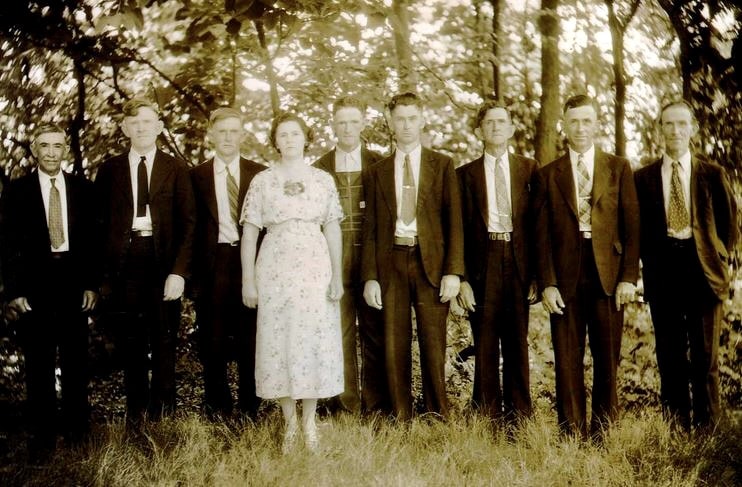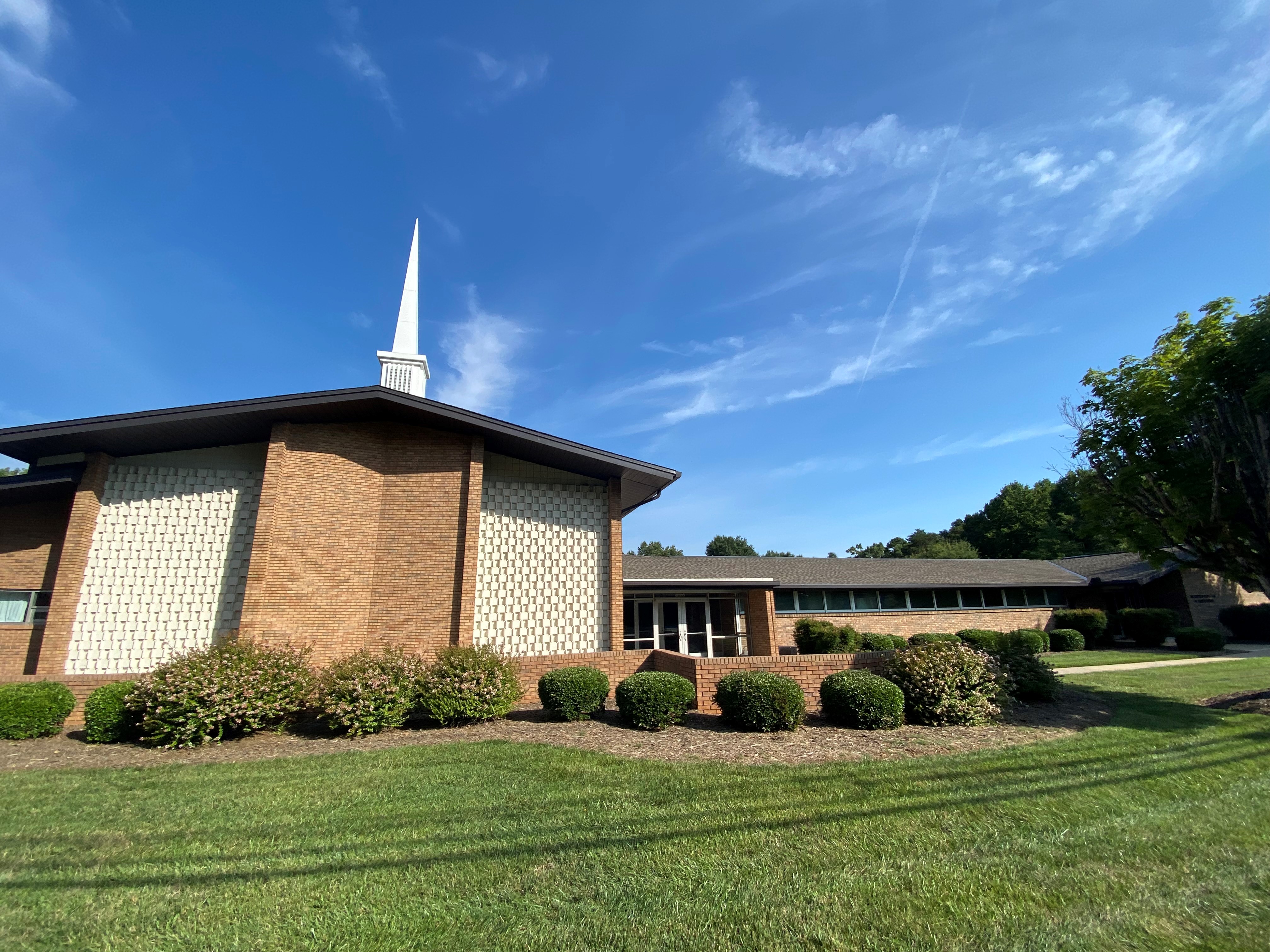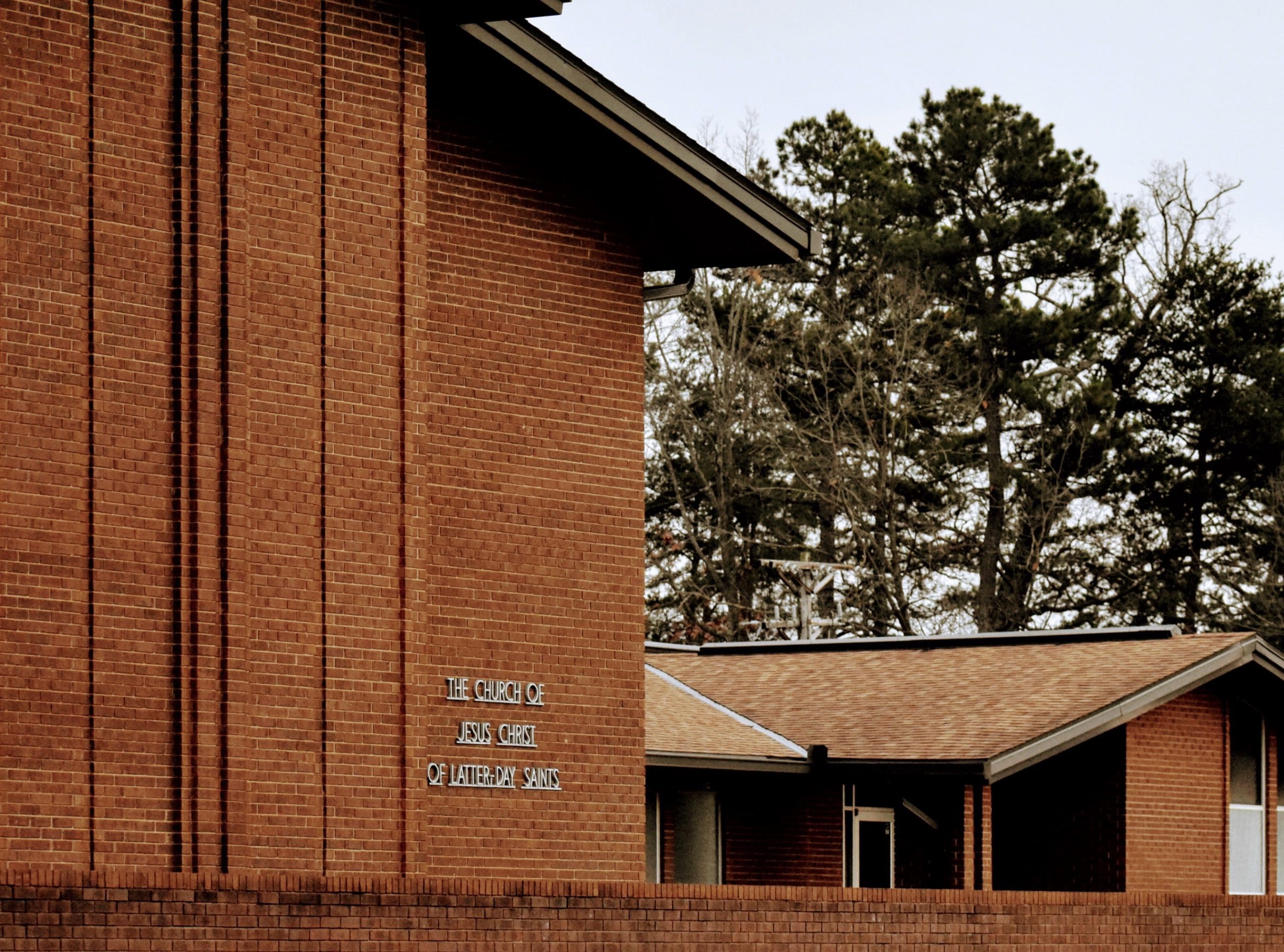Special Thanks to the late Brother Wayne Wright for providing the history and to Jeromy Lockman for the photos.
Ary Melvina Stanley Ball was born in the mountains of southern Wilkes county, North Carolina, on May 13, 1812, and died on August 20, 1904.
“Granny Ball” was a tiny woman, wiry, energetic, very religious, very vocal, and very determined. She carried her Bible with her everywhere she went. She rode horseback to church and to market and she let her voice be heard on matters that were important to her, especially religion and politics. She was a devout Baptist.
Granny was 72 in 1884, the year she had a prophetic dream. All of her ten living children (one daughter had died young) were grown and married, and she was a grandmother several times over. She and her husband, John Wesley Ball, Sr., lived high in the Brushy Mountains, in the Old Gilreath community, eight or nine miles south of Wilkesboro, the county seat. They got their mail at the Hunting Creek Post Office, which was at the foot of the mountain about a mile and half away.
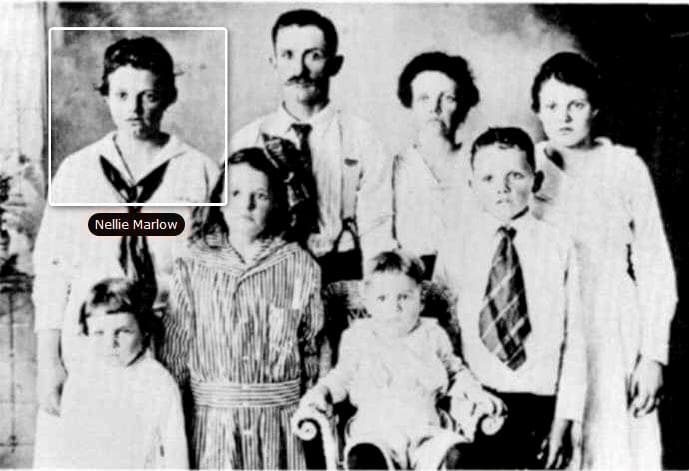
According to the account of Gussie (Augusta) Barnes Scott, a neighbor and relative, Granny’s son-in-law Bud Nance came back from the post office one day telling about seeing two strangers from the west down there. That interested him very much, because he had been considering going west himself. He was glad for the chance to learn more about it.
Granny was excited too, but for other reasons. Something in his story rang a bell. She started asking Bud how the men looked – if one was tall and slender and the other short and “kinda fat”, and if they were in pin-striped suits, and carrying metal cases. Bud, surprised, asked Granny if she had seen them. She said, “No, not like you think”, but she had seen them in her dream. Then she ordered, “Bud, in the morning, you go down there, before they get gone, and tell them that I want to see them.”
During those early years of the Church in Wilkes County, the missionaries labored diligently to share their message. Their task was not easy. They traveled on foot in every direction, and, as they walked to and from their labors daily, they were challenged, harassed, ridiculed, and even stoned by hostile members of the community. Nevertheless, their dedication and perseverance resulted in the establishment of a strong and energetic unit of the Church in the tops of the mountain.
Bud went, and the missionaries came. Granny was their first convert, but not the first baptized member of the Church of Jesus Christ of Latter-Day Saints in Wilkes County. Two of her daughters and their husbands, Welborn and Louise Marlow, and James and Mary Nance were baptized in 1884, as were Green Berry Estep, Minda Estep, Nancy Estep, and Ephraim Miller.
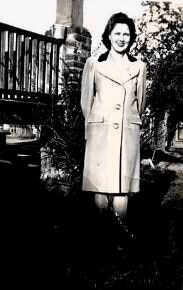
Two factors would seem to explain why Granny’s baptism was delayed until the next year. Her husband was bitterly opposed to her involvement with the church, and the church had a policy that a wife may not be baptized without her husband’s consent. Evidently this attitude changed, since the record shows that she was baptized June 6, 1885. Thirteen years later, on March 27, 1898, he followed her into the waters of baptism, just a year and a half before his death on October 11, 1899.
For the first few years of the Church in Wilkes, Granny Ball’s family filled most of the leadership positions, and meetings were held alternately in their homes. In 1907, a Sunday School was formed, with Thomas W. Ball, a grandson of Granny, as its first superintendent. Thomas’s brother, Matthew, donated land, and the men of the congregation cut and hauled timber to build a one-room chapel in the heart of their neighborhood.
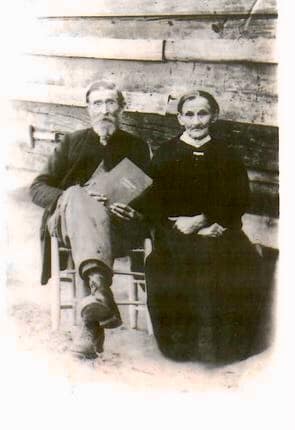

The chapel was dedicated by Mission President Robert Andrus, who held conference there on July 25, 1909. This was one of the earliest Latter-Day Saint buildings in the state. At the same conference, President Andrus organized the Gilreath Branch, calling another of Granny’s grandsons, Enos I. Ball (Enie) as the first Branch President. This was said to be the first fully organized branch in the North Carolina West District, which extended from Iredell County on the east to the Tennessee line on the west. The Gilreath Branch was also the first in the district to have an organized deacon’s quorum.
A conference was held September 8 to September 10, 1915, with Mission President Charles A. Callis presiding. He organized the first Relief Society, with Sister Kiziah Ball as president, Sister Mary Ball as first counselor, and Sister Bertha Marlow as second counselor.
Superintendent Thomas Ball died in 1916 and was succeeded by his cousin Daniel W. Marlow, with Daniel’s daughter Nellie, who later married Hobart Wright, as secretary.
Matthew I. Ball was the first missionary to be sent from the Gilreath Branch. He served in Alexander and Wilkes counties from August 1913 until January 1915. His youngest brother, Augustus Ball, served in western North Carolina and eastern Virginia from September 1915 until January 1916.
Granny Ball’s faith and the faith of her family helped create a strong foundation for the growth of the church in North Carolina.

